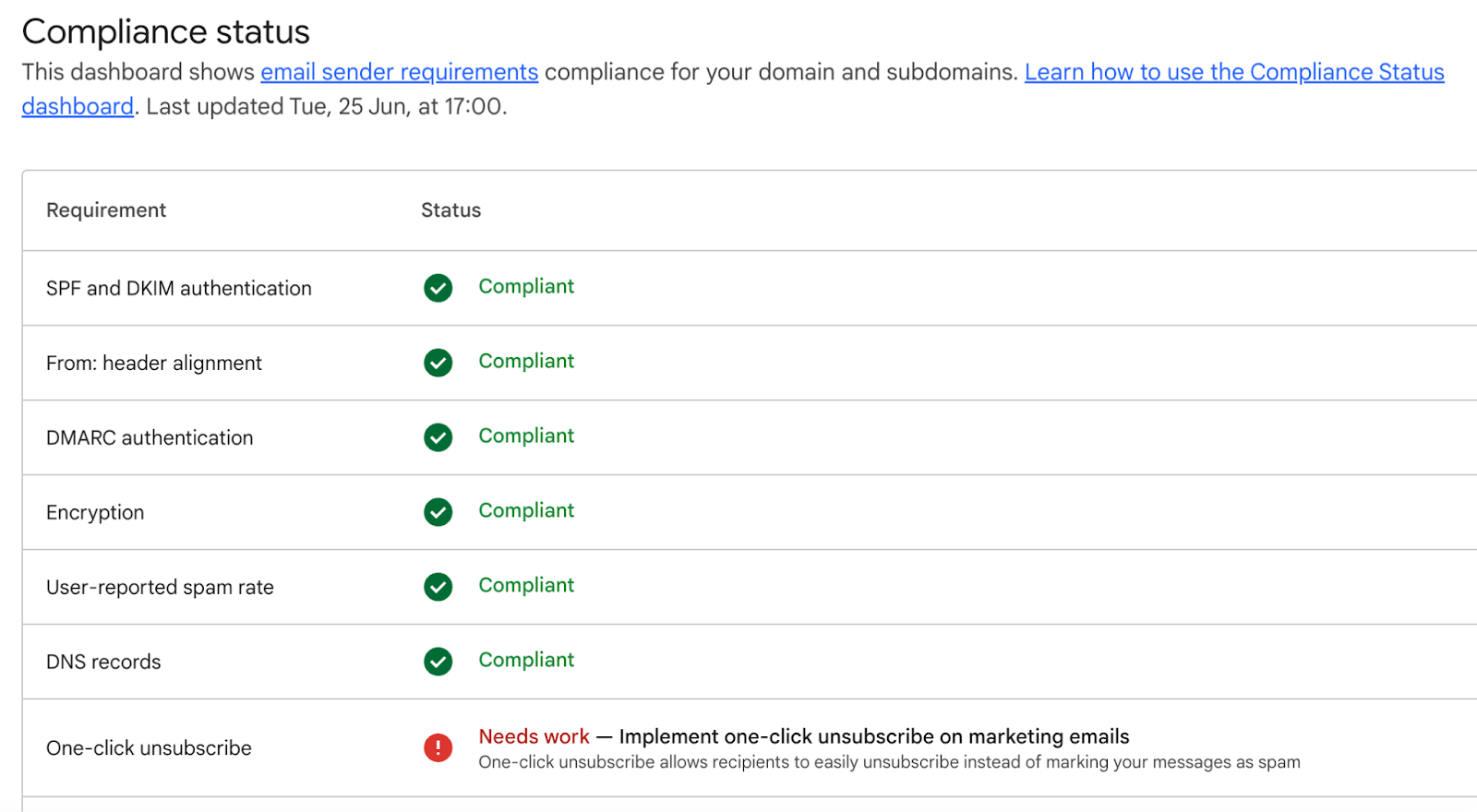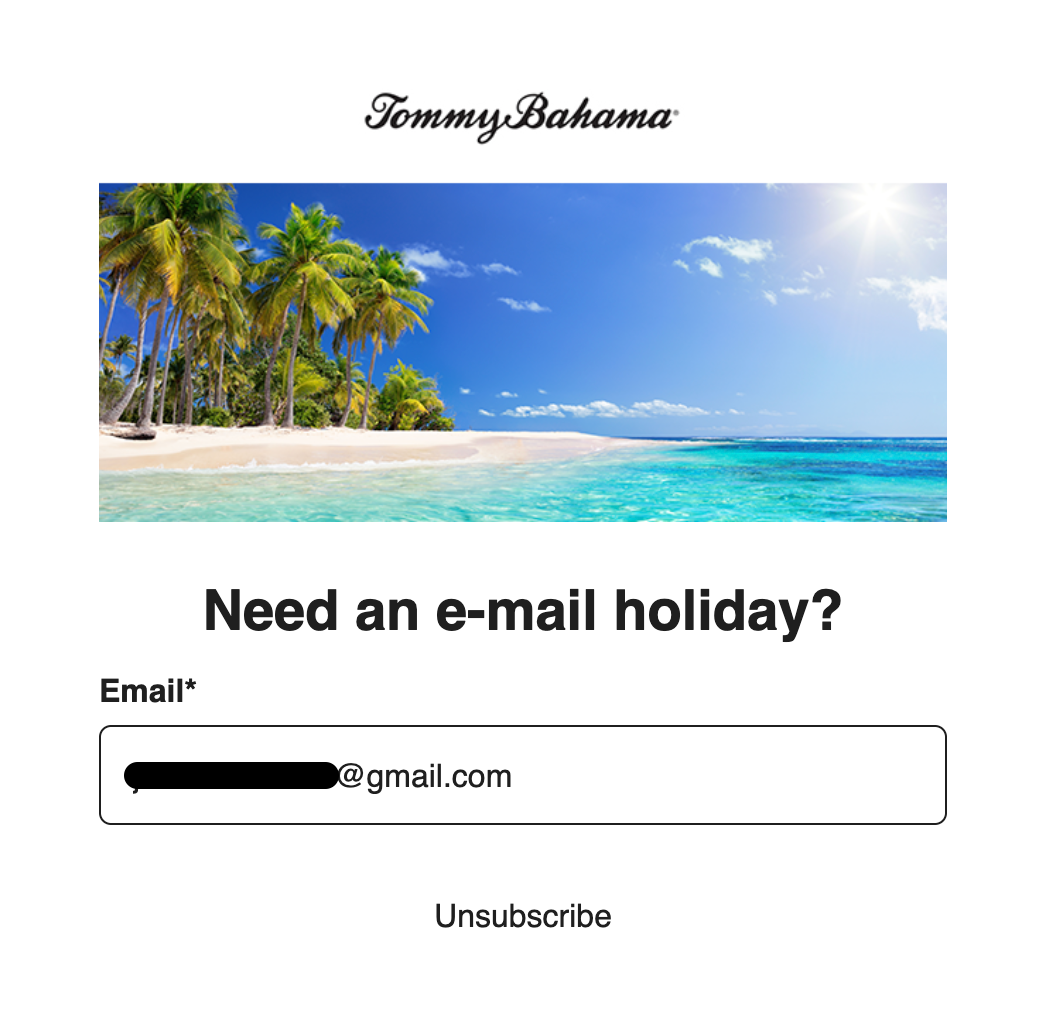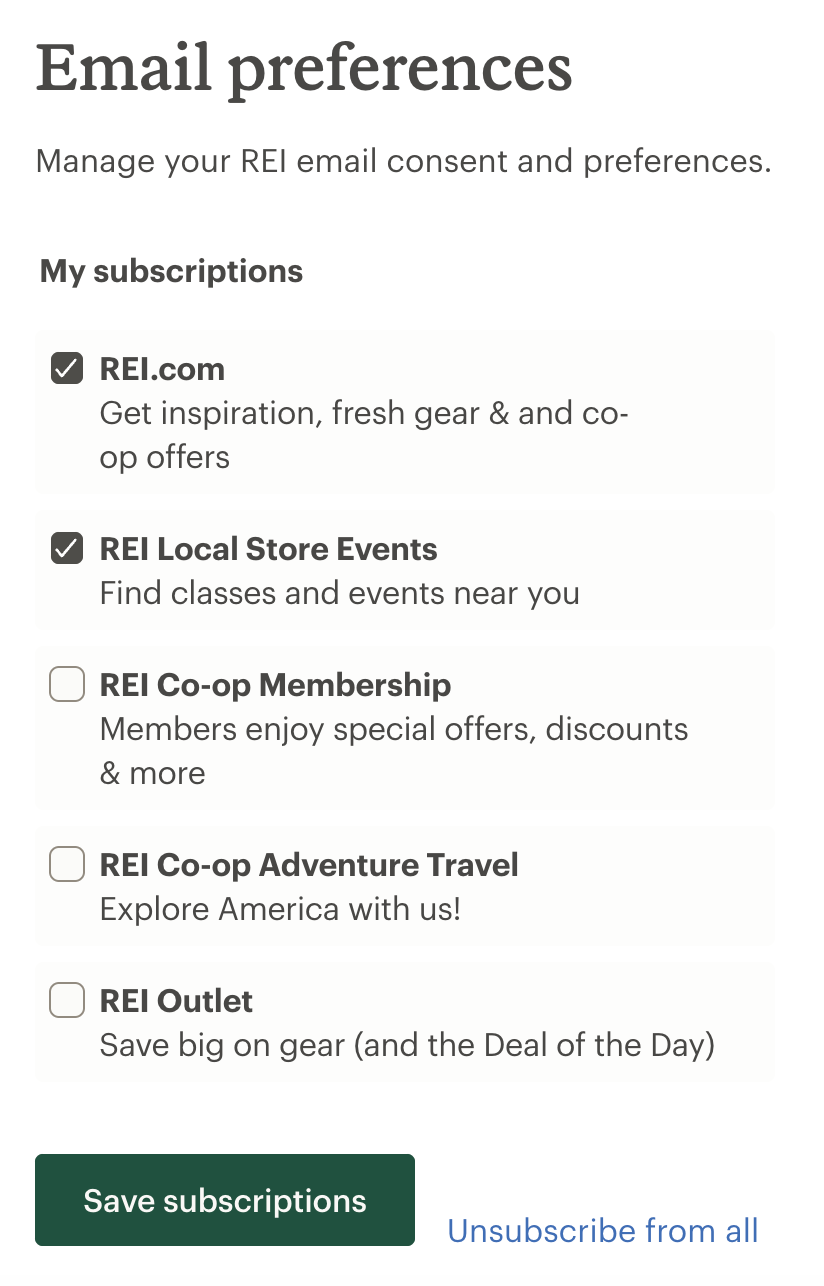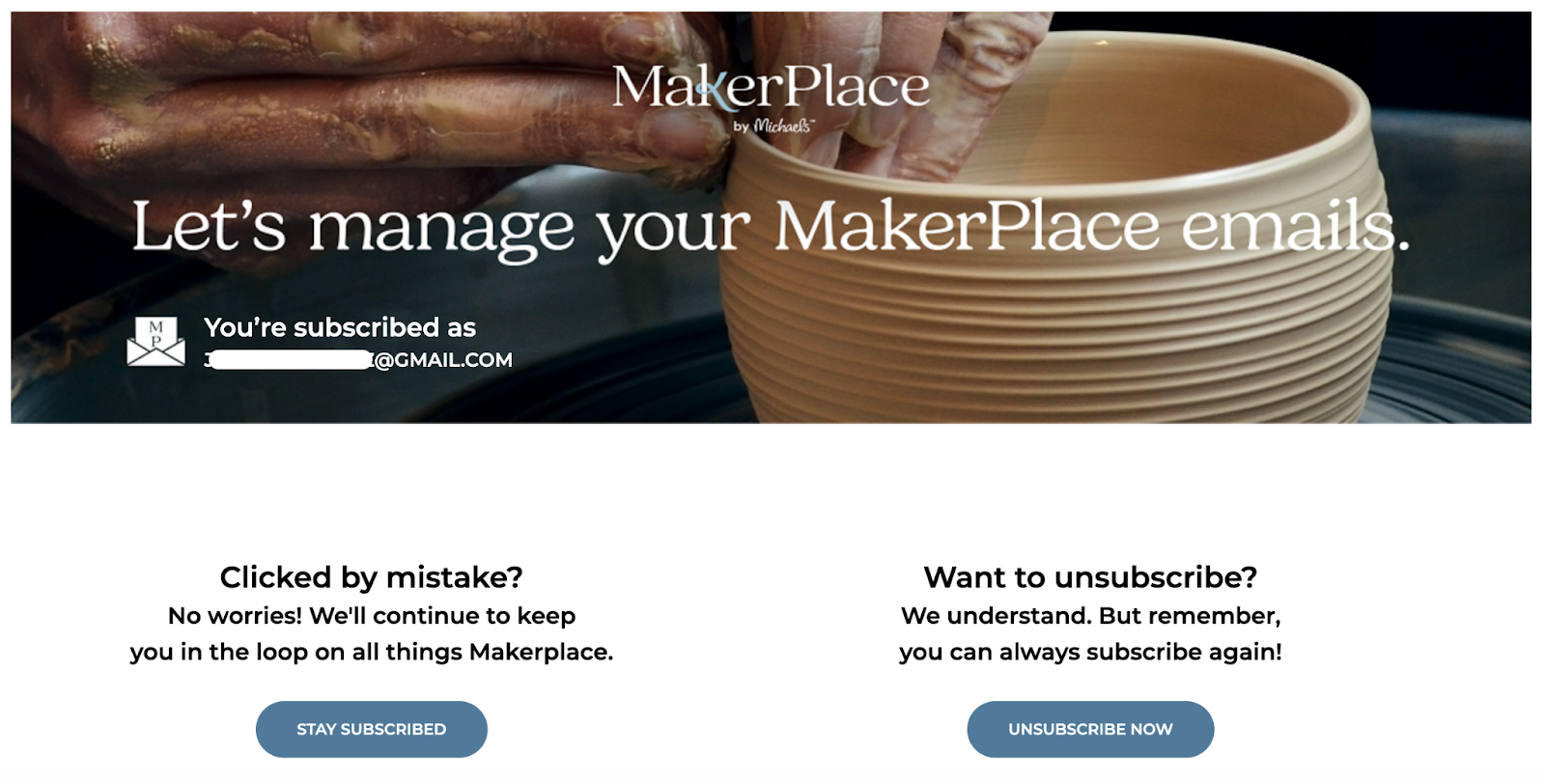In today’s digital landscape, the “unsubscribe” button is more than a formality—it’s a crucial part of respectful and user-friendly communication. As Gmail and Yahoo enforce stricter requirements, making it easy for recipients to unsubscribe is more important than ever. This shift not only improves user experience but also strengthens the trust and engagement between senders and their audience.
Senders should take no offense to an Unsubscribe. The golden rule for successful email programs is that senders should only be sending messages to people who want them. Even if they wanted them at one time and no longer do for whatever reason, that’s fine! Make it easy for them to tell you so, beyond the legal requirement that is often in tiny font in the footer. While this has been a recommendation for years, mailbox providers are now also offering, and even requiring, other options.
The overall intent of these options and requirements is that the providers want a better experience and protection for their users. Senders should not see this as a negative — it is strengthening the ecosystem of the email channel which benefits them in return. Consequently, it helps senders as it’s giving subscribers easier options than just marking email as spam, which can have a negative impact on Deliverability.
What’s New
It should come as no surprise that the Gmail & Yahoo requirement to implement List-Unsubscribe is being enforced as of last month (June 2024). Last week, Gmail added the line item to the Google Postmaster Tools Compliance Dashboard.

*As of 7/1/24: Google has rolled back the One-click unsubscribe check to “Coming Soon” again. It was reporting potentially false or misleading results and is likely being worked on and will be back soon with more accuracy.
The Help section for this line item states:
Promotion messages have One-Click Unsubscribe but dashboard shows “Needs work”
Possible cause: If recipients mark many of your messages without One-Click Unsubscribe as spam, the One-click Unsubscribe entry in the dashboard might show Needs Work.
It is also worth noting that both Gmail and Yahoo have said that even if List-Unsubscribe is in the code, they may not display it in every instance. So, if you don’t follow other positive sender practices and ignore high spam complaints, the List-Unsubscribe may be hidden as an option.
Besides the required List-Unsubscribe, there are other user friendly ways that are available, such as the Yahoo Subscription Hub. Outlook also provides Subscription management under Settings, and Gmail is set to be launching one soon.
Yahoo example:

Senders still need to include an Unsubscribe link in the email body as well! We are all for making it prominent, creative, or even at the top of the email instead of the footer. If a subscriber uses this option, make sure to provide a positive user experience – do not make it difficult for a subscriber to opt out of future messaging. Remember, keeping the subscriber’s experience in mind is key here.
A Few Pleasant Unsubscribe Experiences:



“What About Transactional Mail?”
One frequent question asked in recent Unsubscribe discussions is “what about transactional mail?” The short answer is that an Unsubscribe link and the List-Unsubscribe is not required in true transactional emails. However, many senders take liberties with what they consider to be transactional email. Gmail and Yahoo have expressed that it isn’t up to them to decide what is transactional – it’s up to the recipient. If subscribers are marking your transactional emails as spam, then you will be penalized for it and it is recommended that you do include a List-Unsubscribe and/or Unsubscribe option in your emails. It is also recommended that you separate marketing and transactional messages with their own subdomains and DKIM.
While Unsubscribes are preferred and less damaging than spam complaints, if you receive high opt out rates you will want to review your program’s engagement, content, frequency, lifecycle of a customer, etc. The goal is to send email to those who want to receive it and find it relevant. If they don’t, consider the Unsubscribe a friendly goodbye!
TL;DR
Although it may seem a bit antithetical, unsubscribes are a crucial part of your email communication as a sender. Showing respect for recipients’ preferences goes a long way not only in improving the subscriber experience, but in maintaining your deliverability and sender reputation. With new requirements from Gmail and Yahoo (that hopefully didn’t cause too much of a surprise), ensuring a seamless and accessible unsubscribe process is more important than ever. Embrace unsubscribes positively and maintain high standards for email content and engagement to keep your audience happy and your deliverability strong.






